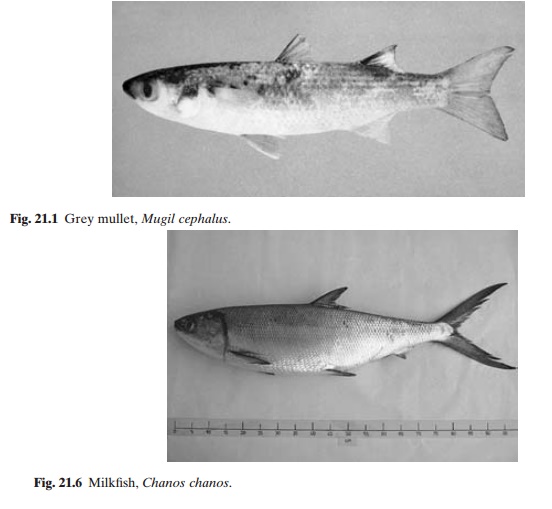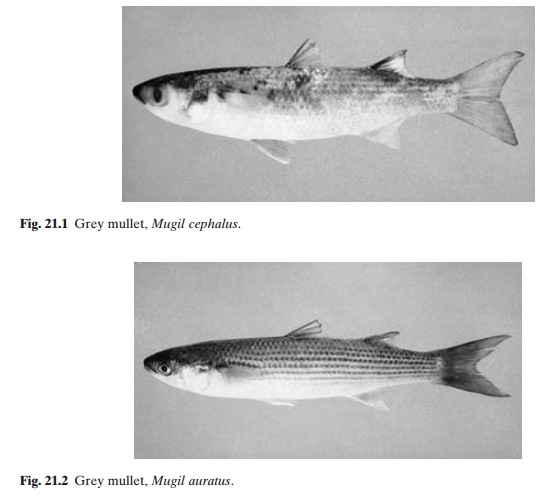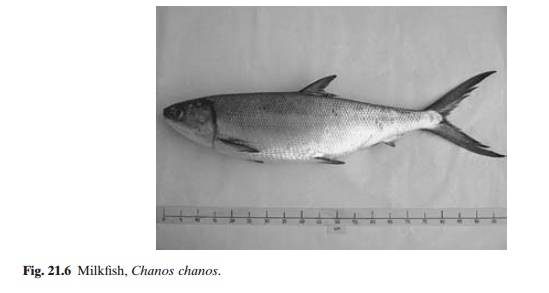Chapter: Aquaculture Principles and Practices: Grey Mullets and Milkfish
Grey Mullets and Milkfish: Introduction

Grey Mullets and Milkfish
Grey mullets (family Mugilidae) and the milk-fish (family Chanidae) have
been the mainstay of finfish culture in coastal and estuarine impoundments for
centuries. In the vallis of the Mediterranean lagoons (especially in Italy), in
the so-called coastal ‘harbour culture’ in Northern China, in the bheris of the
Gangetic estuaries in the Indian sub-continent, in the tambaks of Java
(Indonesia) and in the coastal fish ponds of Hawaii the grey mullets formed an
important group of cultured species. Like many other widely distributed
aquaculture species, mullets are relished by consumers in some areas, but
considered of poor eating quality in others. This is clearly exemplified in the
Mediterranean region, where fresh grey mullet is considered a delicacy in the
countries bordering the eastern Mediterranean up to Italy, whereas in countries
of the western region there is hardly any market for them. Though considered a
high-quality fish in some South American countries like Brazil, they have very
little acceptance in North America, except in the southern states and in
Hawaii.

In many ways milkfish is similar to the mullet in consumer acceptance.
Distributed widely (although not as widely as the mullets), and seldom forming
a major capture fishery, milk-fish is an important food fish only in Indonesia,
the Philippines and Taiwan. However, much of the brackish-water aquaculture
experience in Asia has originated from milkfish farming and until recently
dominated the scene, until shrimp culture became the major focus of attention
in coastal farming.
Although the grey mullets and the milkfish belong to different families,
most of them are herbivorous and detritus feeders. In spite of some advances
made in induced breeding, culture of these species is still based on wild fry
and fingerlings. The main species of aquacultural interest are euryhaline and
can be reared both in brackish- and salt-water environments. They can easily be
acclimatized for culture in fresh water.

Related Topics